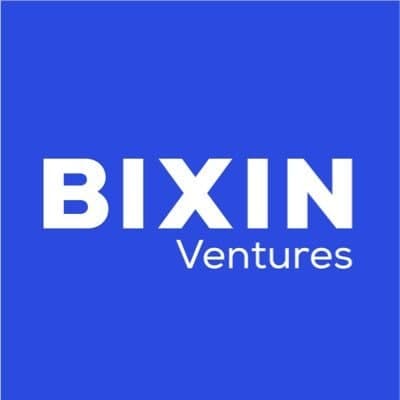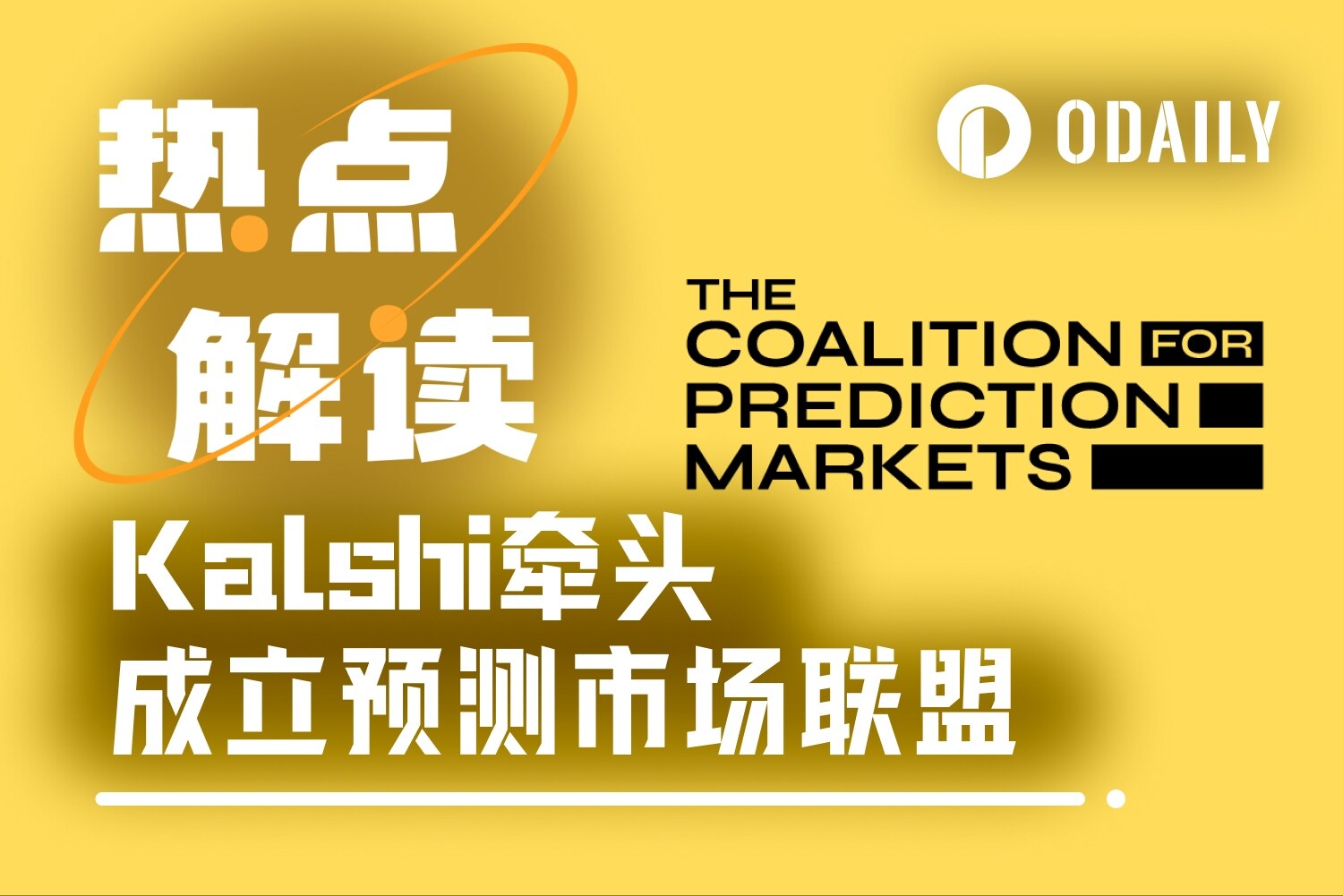In-depth interpretation of Arbitrum: Layer 2 leader
Original author: Xiaojing, Bixin Ventures
In this article, we will focus on the development status of Arbitrum, analyze its technical advantages and ecological progress, and explore the in-depth reasons behind Arbitrum's dominant position in the Layer 2 competition landscape. We believe that with a large number of ecosystem builders and innovations, Arbitrum will continue to grow rapidly and maintain its leading edge in the Layer 2 competition for a period of time.
Basic profile
Arbitrum is a Layer 2 scaling solution based on Ethereum. The purpose of the platform is to allow developers to easily run EVM contracts and complete the Ethereum protocol on Layer 2. Currently, the platform does not issue tokens because it can trade Ethereum-based tokens.
ecologyecologyteam background

team background
The development team, Offchain Labs, was co-founded by Ed Felten, a former White House technical official and professor of computer science at Princeton University, and Steven Goldfeder and Harry Kalodner, PhD students in computer science at Princeton University.
secondary title

development timeline
In January 2021, the testnet launched Defi Demo products
In May 2021, the test network will be deployed
In September 2021, the main network Arbitrum One will be officially launched, and the Series B financing of USD 120 million will be completed
In August 2022, an upgraded version of the Nitro will be launched
In February 2023, the development team announced that a new programming language, Stylus, will be released this year for Arbitrum One and Arbitrum Nova
image description

(Arbitrum'sDEX trading volumeimage description

(Day of Arbitrumtotal number of transactionsimage description

(Arbitrum's TVL is among the competitors of the Rollup routeimage description)

(Arbitrum on-chainActive addressesimage description

(2.21 arb's transaction processing volume exceeds the main network, source dune)
In summary, Arbitrum's current data is very good.
Transaction volume, liquidity and traffic increased significantly year-on-year
After Optimism launched its tokens, its TVL rose rapidly in a short period of time; before that, Arbitrum was able to occupy more than 53% of the TVL in the Layer 2 track. Looking back at recent historical data, it is not difficult for us to draw conclusions from the overall trend.
image description

(Source: Arbiscan)
image description

(Source: l2Beats)
image description

(Source: Arbiscan)
technical analysis
The Nitro version upgrade brings mobility, rapid user growth, and new programming languages help the trend
There are two public chains in the Arbitrum ecosystem, One and Nova. The former is Arbitrum in a narrow sense, and the latter is based on AnyTrust technology, which will be launched on August 10, 2022. It is suitable for high-frequency interaction and more cost-sensitive scenarios (such as chain games GameFi , Social SocialFi). The main difference between the two is where the processing data is stored, and Nova leverages the Data Availability Committee (DAC) to achieve significant cost reductions. We mainly discuss Arbitrum One.
At present, Arbitrum has launched 28 Release versions on Github, which has gone through the testnet stage (including Alpha, Beta), and now Arbitrum V1.4. Nitro, which was launched in August, is the latest version.
In September 22, after Arbitrum completed the Nitro upgrade, it led the OP in terms of daily active users and transaction volume and opened up a distance.
image description

(Source: GitHub)
Dichotomy reduces the scale of proof nodes to reduce costs and improve efficiency
Currently, there are two perspectives on blockchain expansion:
It is to improve the performance of the chain, corresponding to horizontal expansion, that is, to increase the block size, parallelism, fragmentation, etc., such as monomer chains, side chains, and application-specific chain solutions.
It is a modular blockchain, corresponding to vertical expansion, that is, to transfer execution or more content to off-chain operations, and then verify the results at L1.

image description

(Source: MoleDAO)
Compared with Optimism, Arbitrum has made some small improvements, using dichotomy to deal with some rather than all transactions involved, so that only the results of specific nodes need to be proved. In addition, Arbitrum's Nova uses the more efficient AnyTrust technology, and its assumptions include a minimum trust assumption - at least two DCA members are honest, which greatly reduces the cost of transactions.
In addition, the synchronous execution environment of EVM supports non-EVM contracts, supports custom precompilation to reduce costs, etc. Nitro's WASM-based design creates a huge structural advantage for the innovation of EVM+; before ZKEVM is fully implemented, Rust contracts and Solidity contracts are developed on Arbitrum at the same time.
image description

(Source: l2beats)
On the Layer 2 track, the main technical paths are Optimistic series (hereinafter referred to as Op series) and Zero Knowledge (hereinafter referred to as ZK series). Compared with competing products, Arbitrum has significant advantages.
First of all, in terms of user experience, Arbitrum and Optimism of the Optimistic system are consistent with Ethereum, and can be used directly on MetaMask, which is better than zkSync and StarkNet of the ZK system. Secondly, the first two have a first-mover advantage and have attracted many star projects with their own mass base, such as Sushi, which may form ecological barriers.
In contrast, ZK series technology development is difficult, does not have EVM equivalence, supporting ecology, etc., resulting in a long construction cycle, so in the current environment, it is difficult to achieve the same narrative as the public chain. The progress of ZK infrastructure is worthy of attention; and in terms of more fundamental technology and efficiency, the ZK path will eventually give play to its advantages, but this does not prevent the OP system from being a better investment direction at the moment.
In the OP system, because of its EVM equivalence, low development threshold, and rapid maturity of a large number of applications, an effective ecological barrier has been formed. Specifically look at the comparison of Arbitrum and Optimism.
image description

(Source: dune)
Why is there an expectation of currency issuance? It is difficult to sustain if you do not issue coins and only rely on the gas pumping (if any) of different layers. The same conclusion can also be drawn from the actions of competitors. At present, Op has issued coins, and StarkNet has also launched a token plan, so Arbitrum’s coin issuance is expected to be high.
Overview of Eco-Quality Projects
image description

(Arbitrum chain nearly a week's revenueFourth place, second only to ETH, Polygon and BNB Chain; tokenterminal)
As mentioned in the technical point of view, the Arbitrum ecosystem has two chains, of which Nova is suitable for scenarios such as games and social applications, while One is suitable for scenarios such as DeFi and NFT. Let us start with DeFi.
GMX
Noting the excellent performance of Arbitrum in the bear market, many top DeFi projects have covered or migrated to this chain, including Uniswap, SushiSwap, AAVE, Curve, gTrade, etc. Most of Arbitrum's DeFi ecosystem revolves around the DeFi application that ranks first in TVL in the entire chain - GMX.
pledge

pledgeGMX can get unlocked GMX, multiplication points and ETH/AVAX rewards. The specific reward information can be found inthisCheck.
Of the fees for flash swaps and leveraged transactions, 30% will be converted into ETH/AVAX and allocated to the pledged GMX. The allocated fee is based on the amount after deducting the referral reward and the network cost of keepers (about 1% of the total fee).
GMX has a floor price fund, which exists in the form of ETH and GLP. The GMX/ETH liquidity pool belongs to the agreement and is provided by the agreement. The fees generated from this transaction pair will be converted into GLP and deposited into the floor price fund. 50% of the fund received through Olympus bonds is also sent to the floor price fund, and the other 50% is used for marketing.
The floor price fund is used to ensure the liquidity of GLP and provide a stable flow of ETH rewards for staking GMX. When the floor price fund increases, if the floor price fund divided by the total supply of GMX is less than the market price, it will also be used to repurchase and destroy GMX, so that the lowest price of GMX is linked to ETH and GLP. (Also used to pay bug bounties when necessary)
GMX liquidity on Uniswap will gradually increase as the price of GMX rises. Stored in the same multisig wallet as XVIX and Gambit migrations.
The predicted maximum supply is around 13 million. Minting in excess of the maximum supply has a 28-day timelock. This situation will only occur when new products are released or liquidity mining. Any changes will be preceded by a governance vote.
With the further development of the ecology, GMX's products have also attracted some developers to innovate and expand around GLP, including Rage Trade, GMD, Jones DAO, PlutusDAO, etc.
Rage Trade
image description

(Source: Rage Trade)
image description

(Source: Defilama)
GMD
image description

(Source: GMD Official)
Currently, GMD TVL is around $7 million.
image description

(Source: Defilama)
Jones DAO
JonesDAO is a yield-generating protocol on Arbitrum that enables participants to earn yield using option agreements. The jGLP and jUSDC pools are important components of the income strategy agreement JonesDAO, which also occupies a major share in the GLP market.
image description

image description

(Source: TokenInsight)
PlutusDAO
PlutusDAO is a governance aggregator for Dopex and JonesDAO (the so-called "Layer 2 governance blackhole"). It will accumulate governance tokens of Dopex, JonesDAO and other projects as much as possible, and then give users pls series certificates, and create benefits for users through bribery/staking/re-investment and other methods. PlutusDAO will become the target of bribery by other projects because of the sufficient share of governance tokens. In addition, PlutusDAO has also opened GMX’s GLP vault. With the PLS subsidy, the APR converted to plvGLP will be 20%.
Treasure DAO
DAO is a community of interests formed by developers, investors and users, forming the most dynamic part of the ecosystem. The most influential DAO on Arbitrum is TreasureDAO, which is backed by Offchain labs.
image description

(In the past two months, Magic has reached $0.5 from the bottomriseto $2.0)
Arbitrum ecological construction: Emphasis on the community and good user incentives
At the current stage of development, Web3 users are mostly attracted by airdrops or airdrop expectations. The Odyssey event is just one of Arbitrum's means of attracting users and revitalizing the ecology.
The Odyssey event has gone through two stages and is currently suspended, and it is expected to restart again at a suitable time this year. The first stage of Odyssey started in April, and 14 projects from different groups were voted by users to be promoted as interactive objects for follow-up tasks; the second stage officially started in mid-May, and the original plan was to execute for seven weeks, with two projects opened every week task, each item corresponds to an NFT. If users collect 12 of the 15, they will receive a commemorative NFT designed by tubby cat founders Ratwell & Sugoi. Unfortunately, Arbitrum chose to suspend this activity because the activity was too hot and the gas on the chain soared (even higher than the swap fee of the main network for a short period of time) affecting the activities of ordinary users.
image description

(Source: dune)
Arbitrum Outlook 2023
Offchain Labs mentioned in the SmartCon 2022 speech that Arbitrum will continue to expand decentralization in the future, including verifiers, sequencers, management and authorized software upgrades, etc.; it will continue to reduce fees and increase TPS; Odyssey should restart this year; Nova Ecology (Social, gaming) will continue to incubate; emphasizing verifiers, management and authorization of software upgrades, decentralization of sequences, etc.



